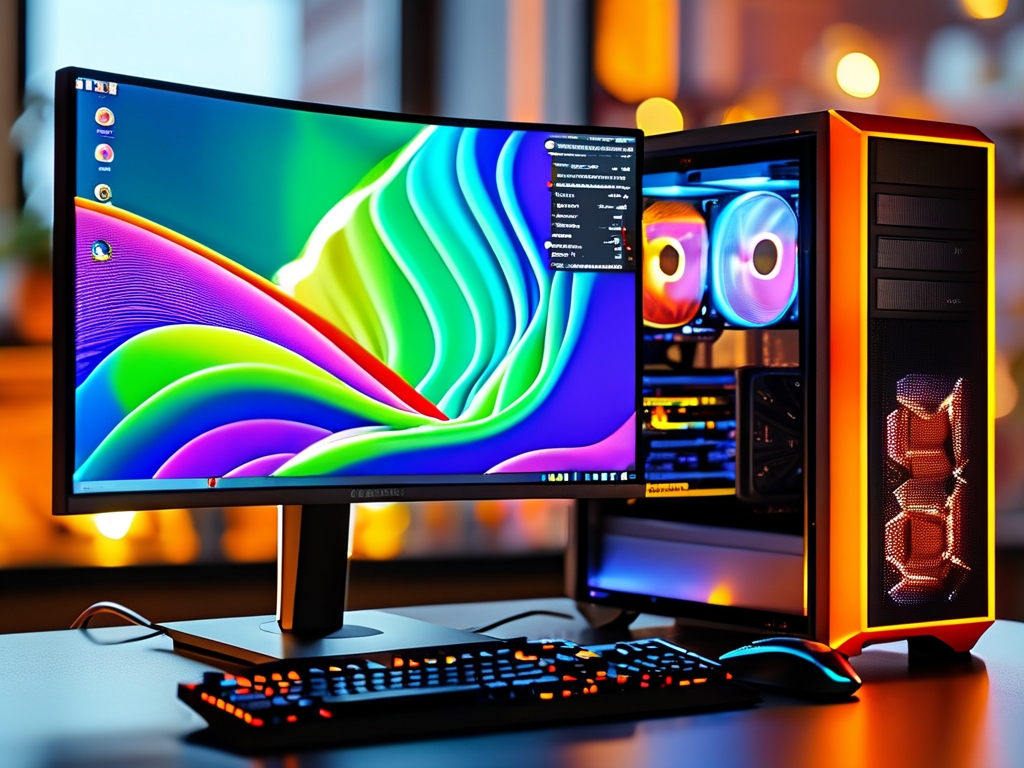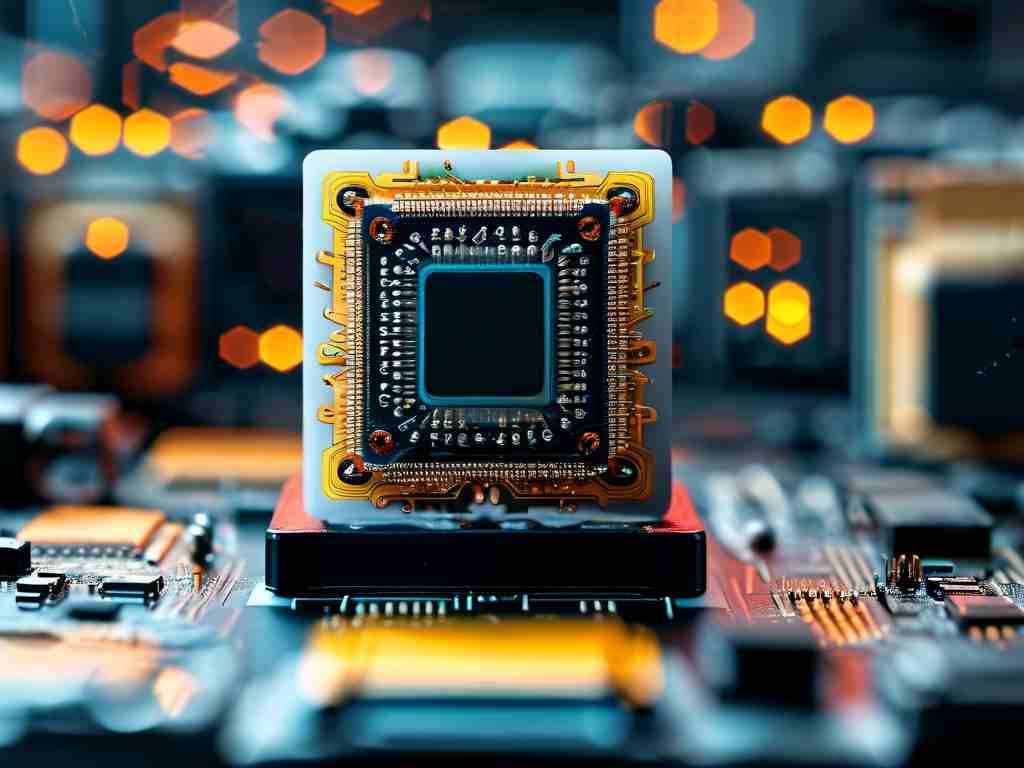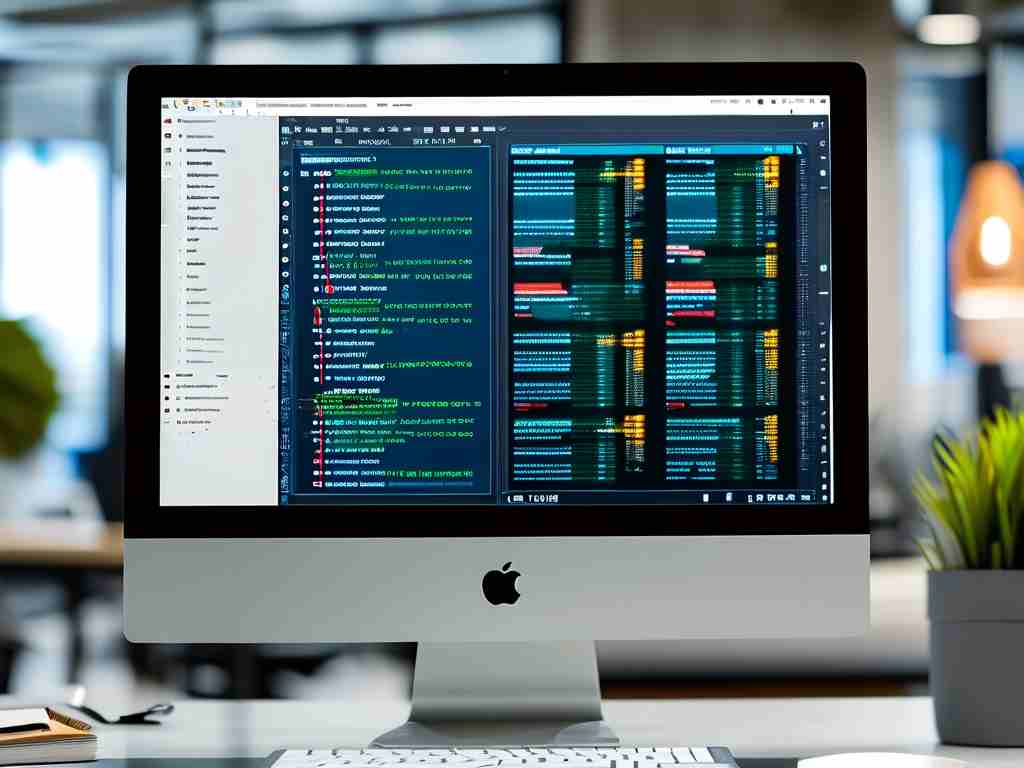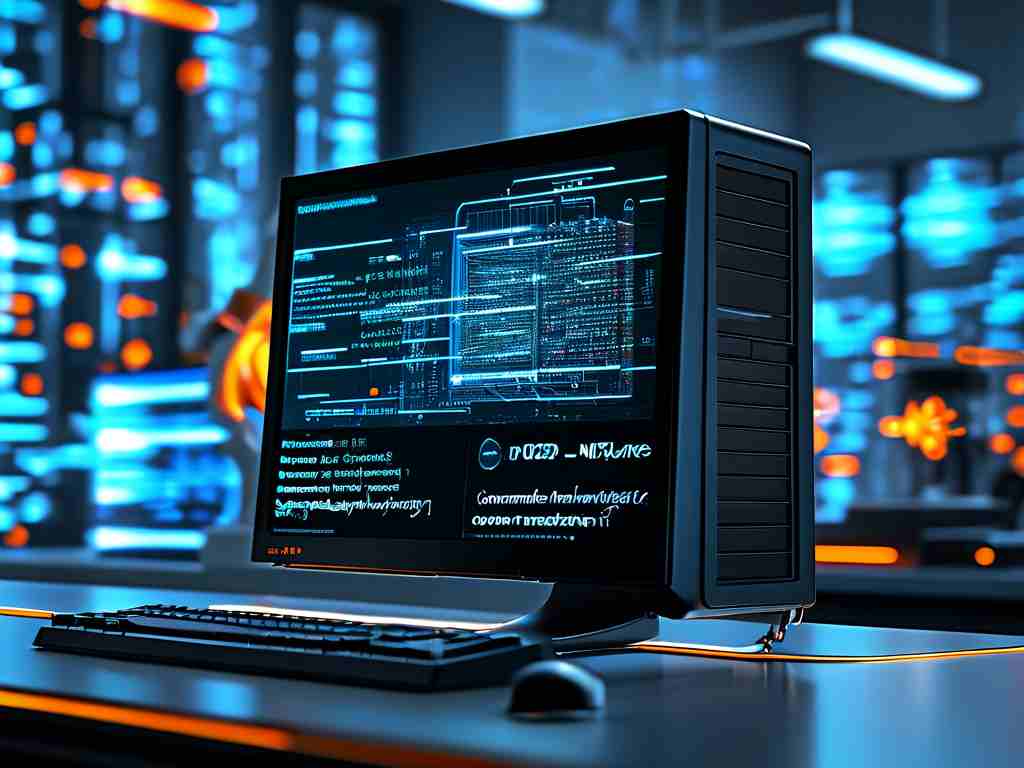In the digital age, software calculations play a pivotal role in determining the efficiency of computing systems. Whether it’s running complex algorithms, processing real-time data, or managing multitasking workflows, the interplay between software, CPU, and memory is critical to achieving optimal performance. This article explores how software-driven calculations influence CPU and memory usage, the challenges in balancing these resources, and strategies for maximizing system efficiency.

1. Understanding CPU and Memory Dynamics
The Central Processing Unit (CPU) and memory (RAM) are the backbone of computational tasks. The CPU executes instructions provided by software, while memory temporarily stores data required for active processes. Software calculations directly impact both:
- CPU Workload: Complex calculations, such as machine learning training or physics simulations, demand high CPU utilization. Poorly optimized code can lead to overloading, causing thermal throttling or system crashes.
- Memory Allocation: Memory-intensive applications, like video editing or database management, rely on efficient RAM usage. Memory leaks or inefficient garbage collection can degrade performance over time.
Modern software must balance these resources to avoid bottlenecks. For example, a web server handling thousands of requests must optimize thread management to prevent CPU contention while ensuring sufficient memory is allocated to each session.
2. Software-Driven CPU Optimization Techniques
Developers employ various strategies to optimize CPU usage through software:
- Multithreading and Parallel Processing: Dividing tasks into threads allows CPUs with multiple cores to process workloads concurrently. Tools like OpenMP and Intel TBB enable parallel execution, reducing computation time for tasks like image rendering.
- Algorithm Efficiency: Choosing algorithms with lower time complexity (e.g., O(n log n) over O(n²)) minimizes CPU cycles. For instance, QuickSort outperforms Bubble Sort for large datasets.
- Compiler Optimizations: Modern compilers (e.g., GCC, LLVM) automatically optimize code by unrolling loops or inlining functions, reducing CPU overhead.
Case Study: Video encoding software like FFmpeg uses hardware acceleration (e.g., GPU) alongside CPU multithreading to compress 4K videos 50% faster than single-threaded approaches.
3. Memory Management Strategies in Software
Efficient memory usage is equally critical. Key approaches include:
- Dynamic Memory Allocation: Tools like smart pointers in C++ or automatic garbage collection in Java/Python prevent leaks by reclaiming unused memory.
- Caching Mechanisms: Storing frequently accessed data in cache (e.g., Redis for databases) reduces RAM access latency.
- Memory Pooling: Pre-allocating memory blocks for specific tasks, common in game engines, minimizes fragmentation.
However, challenges persist. For example, real-time systems (e.g., autonomous vehicles) require deterministic memory access patterns to avoid unpredictable delays.
4. The Synergy Between CPU and Memory
Software must harmonize CPU and memory usage. Consider these scenarios:
- Data-Intensive Applications: Big data frameworks like Apache Spark optimize CPU usage by caching intermediate results in memory, avoiding disk I/O bottlenecks.
- Virtualization: Hypervisors like VMware allocate CPU cores and memory dynamically to virtual machines, ensuring balanced resource distribution.
Tools like Valgrind (for memory profiling) and perf (for CPU monitoring) help developers identify inefficiencies. For instance, a memory-bound application might show high CPU idle time due to frequent cache misses.
5. Future Trends and Challenges
Emerging technologies are reshaping software optimization:
- AI-Driven Optimization: Machine learning models can predict optimal CPU/memory configurations for specific workloads.
- Quantum Computing: Quantum algorithms will require rethinking classical CPU-memory hierarchies.
- Edge Computing: Resource-constrained edge devices demand ultra-efficient software to manage limited CPU and memory.
Nevertheless, developers face hurdles like balancing security (e.g., encryption overhead) with performance and adapting to heterogeneous architectures (e.g., CPUs paired with GPUs/TPUs).
Software calculations remain at the heart of CPU and memory utilization. By leveraging advanced algorithms, parallel processing, and intelligent memory management, developers can unlock unprecedented efficiency. As technology evolves, the synergy between software and hardware will continue to define the boundaries of computational capability—making optimization not just a technical challenge but a cornerstone of innovation.









